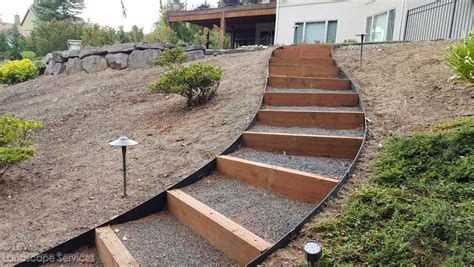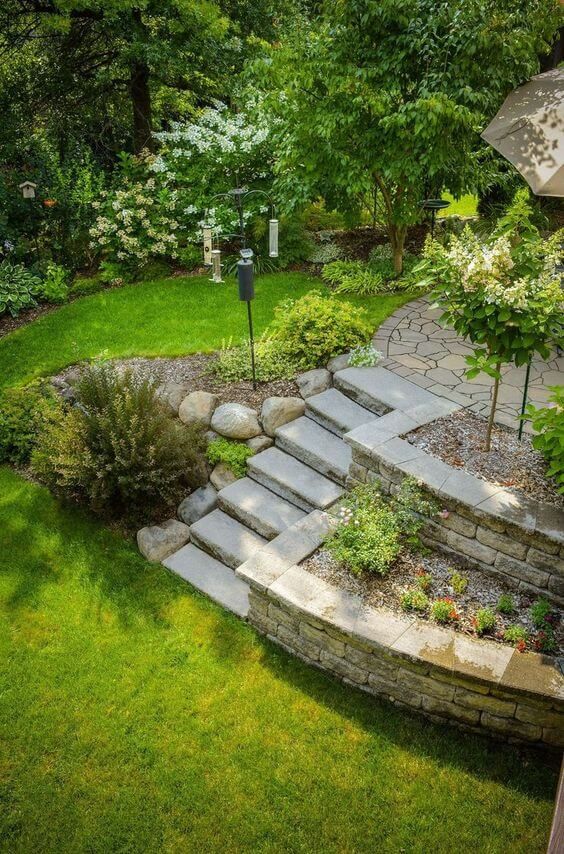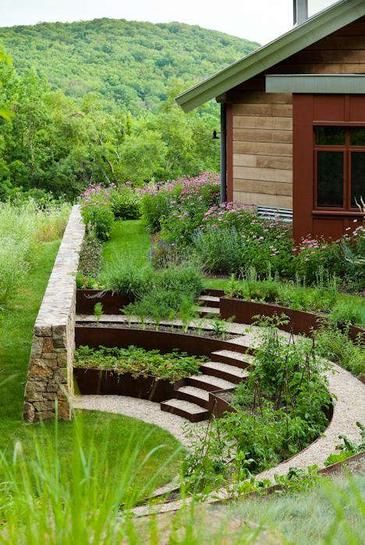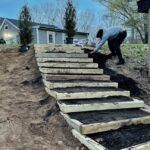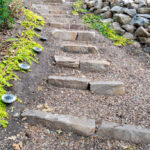Landscaping a sloped area can be a challenging task, but with proper planning and the right techniques, you can create a beautiful and functional outdoor space. Here are some steps to help you tackle landscaping on a slope.
The first step in landscaping a slope is to assess the terrain and determine the slope’s steepness. This will help you decide on the best landscaping techniques to use. Steeper slopes may require the installation of retaining walls or terraces to prevent erosion and create level areas for planting. On gentler slopes, you may be able to use planting beds and mulch to create a more natural look.
Once you have determined the best approach for your slope, the next step is to prepare the soil. Remove any debris, rocks, or unwanted vegetation from the slope, and amend the soil as needed to improve drainage and fertility. Adding organic matter such as compost or mulch can help improve soil quality and provide nutrients for plants.
When selecting plants for a sloped landscape, consider their root systems and growth habits. Plants with deep, spreading roots are ideal for stabilizing soil on a slope and preventing erosion. Groundcovers, such as creeping thyme or vinca minor, can also help control erosion and create a cohesive look on a sloped landscape. Choose plants that are well-suited to your climate and soil conditions for best results.
To prevent erosion on a slope, consider installing erosion control measures such as retaining walls, terraces, or plantings. Retaining walls can help stabilize soil on steep slopes and create level areas for planting. Terraces can also help control erosion and provide flat areas for planting. Plantings such as groundcovers and shrubs with deep root systems can help hold soil in place and reduce erosion.
Maintenance is an important step in landscaping a slope. Regularly monitor the slope for signs of erosion or instability, and address any issues promptly. Watering, weeding, and mulching regularly can help maintain the health and appearance of plants on a slope. Pruning and shaping plants as needed can also help control growth and prevent overcrowding on a sloped landscape. With proper maintenance, your sloped landscape can remain healthy and beautiful for years to come.
